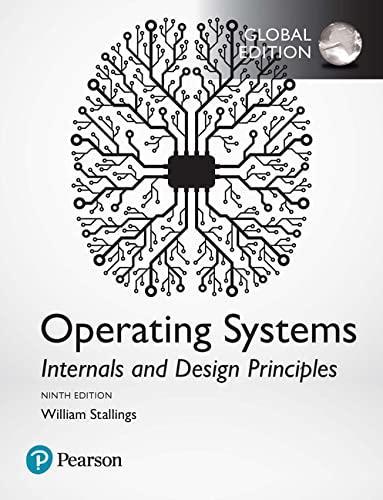In 1978, Dijkstra put forward the conjecture that there was no solution to the mutual exclusion problem
Question:
In 1978, Dijkstra put forward the conjecture that there was no solution to the mutual exclusion problem avoiding starvation, applicable to an unknown but finite number of processes, using a finite number of weak semaphores. In 1979, J. M. Morris refuted this conjecture by publishing an algorithm using three weak semaphores. The behavior of the algorithm can be described as follows: If one or several process are waiting in a semWait(S) operation and another process is executing semSignal(S), the value of the semaphore S is not modified and one of the waiting processes is unblocked independently of semWait(S). Apart from the three semaphores, the algorithm uses two nonnegative integer variables as counters of the number of processes in certain sections of the algorithm. Thus, semaphores A and B are initialized to 1, while semaphore M and counters NA and NM are initialized to 0. The mutual exclusion semaphore B protects access to the shared variable NA. A process attempting to enter its critical section must cross two barriers represented by semaphores A and M. Counters NA and NM, respectively, contain the number of processes ready to cross barrier A, and those having already crossed barrier A but not yet barrier M. In the second part of the protocol, the NM processes blocked at M will enter their critical sections one by one, using a cascade technique similar to that used in the first part. Define an algorithm that conforms to this description.
Step by Step Answer:

Operating Systems Internals And Design Principles
ISBN: 9781292214290
9th Global Edition
Authors: Stallings William





